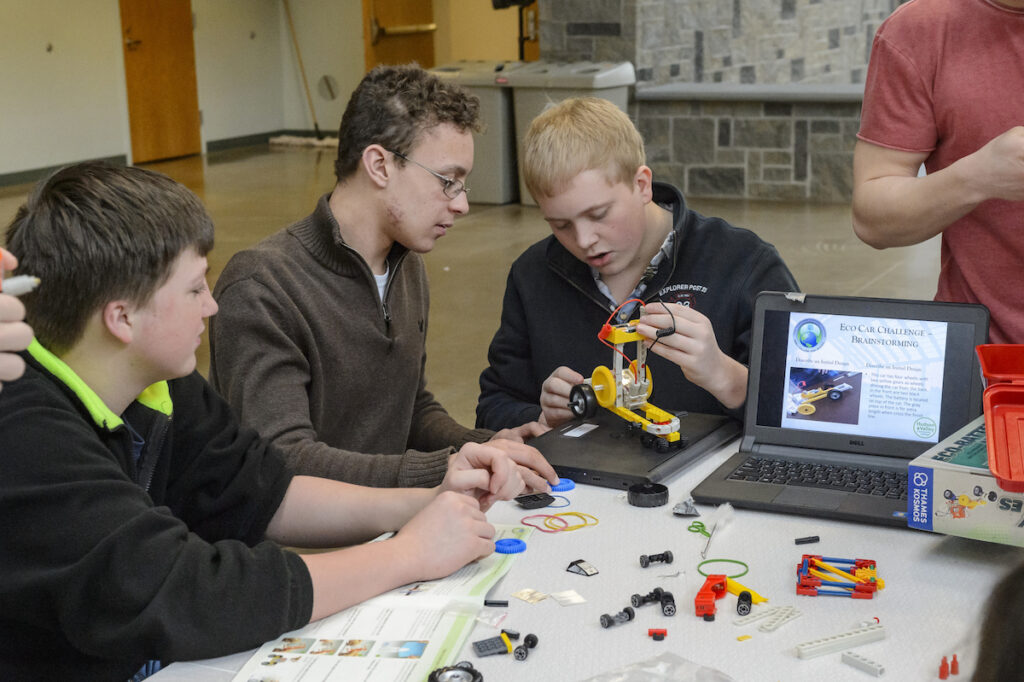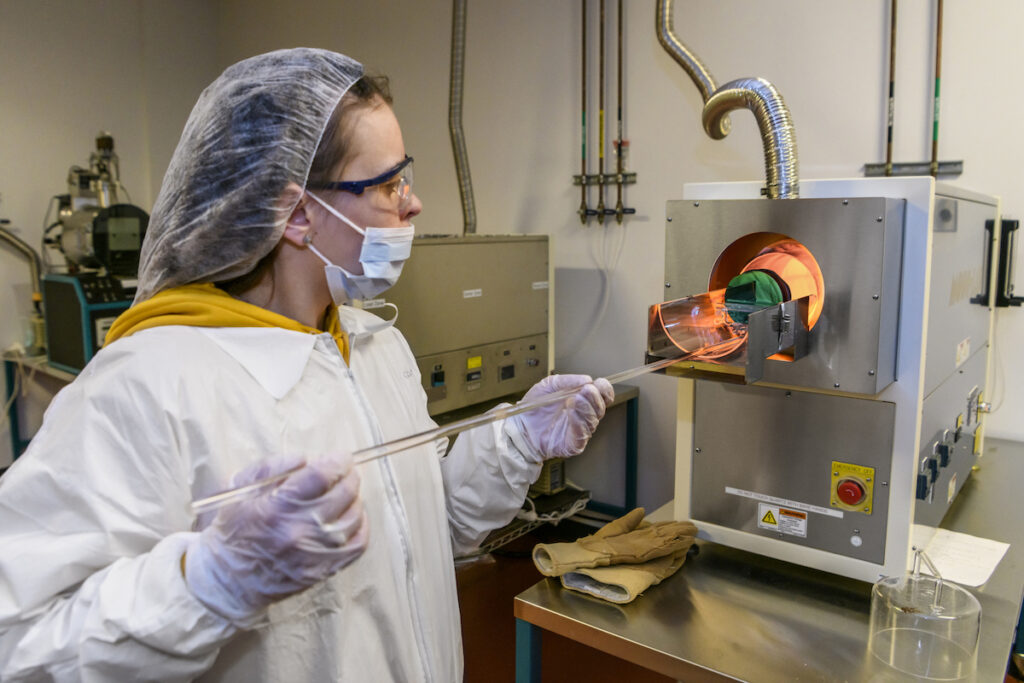August 2022 DBA Filings
Warren County
Mystic Tea Reiki & Readings – Michelle Carrington, 4 Oak St. Warrensburg, NY 12885
Masterlink – Kyle Esposito, 10 Barber Ave. Queensbury, NY 12804
Clean Cut Landscape & Property Maintenance – Richard Collodi, 17 Connor Dr. South Glens Falls, NY 12803
JLABs Childcare Center – Jenna Brand, 14 Bonner Dr. Queensbury, NY 12804
Rob’s Remodeling – Robert Angier, 107 Middle Rd. Lake George, NY 12845
Lakeside Woodworks – Michael Wickham, 120 Sagamore Dr. Lake Luzerne, NY 12846
Upstate Edge – Kevin Hicks, 158 South St. Glens Falls, NY 12801
SE Lamby Enterprise, LLC – Steven E. Lamby, 3029 Lakeshore Dr. #1, Lake George, NY 12845
Jeremiah Ladd – Jeremiah Ladd, 27 Maida Dr. Lake Luzerne, NY 12846
MH Construction – Matthew Hanchett, 29 Main St. South Glens Falls, NY 12803
First Response Solutions – Ashley Rivers, 7 D Finch Way Queensbury, NY 12804
Smith Brook Press – Edward Smith, 222 Diamond Point Rd. Diamond Point, NY 12824
Smak’d Shop – Manuel Mosley, Samuel McGriff, 171 Bay St. Suite 4, Glens Falls, NY 12801
Glens Falls Liquor – Paul T. Ortiz, 14 Hudson Ave. Glens Falls, NY 12801
JL Mechanic Services – Josh Lafond; 2776 State Rt. 28 North Creek, NY 12853
The 518 Lash Guru – Javen Laustrup, 18 Ridge St. Glens Falls, NY 12801
RJ’s Drywall – Richard J. Webster, 6 Madison St. Glens Falls, NY 12801
The Mobile Automotive Diagnostic Mechanic – Bianca Cullen, 86 Library Ave. Warrensburg, NY 12885
Liberty Graphics of GF – Mikaela Bailey, 53 Hudson Ave. Glens Falls, NY 12801
Camp Locust – Reisha Thissell, 5 Back To Sodom Rd. North Creek, NY 12853
ADK Driving School – Jeanne Dion, 12 Harrison Ave. Glens Falls, NY 12801
Emily Irene Art – Emily Graham, 343 Shaw Hill Rd. Adirondack, NY 12808
Outer Peace – Benjamin Sauberman, 60 Hubbell Dr. Lake Luzerne, NY 12846
WASHINGTON COUNTY
New Moon Healing – Amber M. Bergman, 10 Lacrosse St (Entrance A, Suite 3), Hudson Falls, NY 12839
Time to Graze – Priscilla Alves, 73 Dibble Ln, Granville, NY 12832
Kingsway Christian Academy – Jason LaPierre, 273 Green Barn Rd, Hudson Falls, NY 12839
Fig Leaf Restorations – Michael Alan Chretien II, 23 Lincoln St, Hudson Falls, NY 12839
ADK Paint and Prime – Dillion Paddock, 18 McCrea St Apt 3, Fort Edward, NY 12828
Ginger Roots Garden – Shawn M. Constantineau, 214 Samantha Dr, Fort Edward, NY 12828
JM and Sons Excavation and Demolition – Patricia Guilder, 1342 Holcombville Rd, Whitehall, NY 12887
Real Deal Seal – Clara Martindale, 19 Taylor St Apt C, Fort Edward, NY 12828
Bates Absolute Steam Cleaning – David M. Bates, 99 South Williams St, Whitehall, NY 12887
Susan Gentner Visual Arts – Susan L. Meacham, 240 Kingsbury Rd, Hudson Falls, NY 12839
AB Nutrition – Samantha Becker, 132 Broad St, Schuylerville, NY 12871
Michele Ruland LCSW – Michele M. Ruland, 170 Langley Hill Rd, Greenwich, NY 12834






























